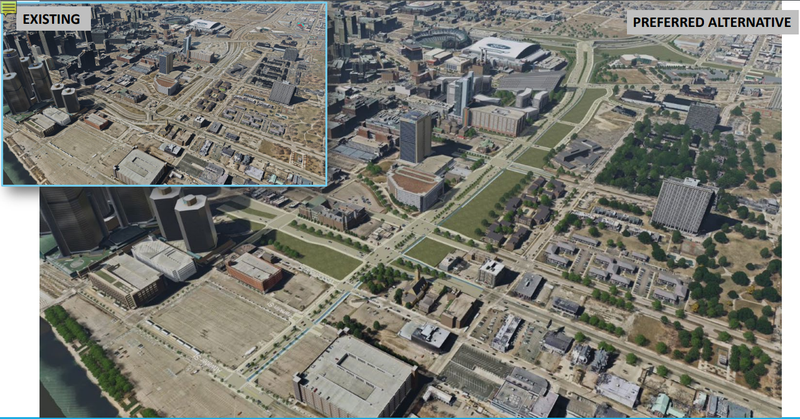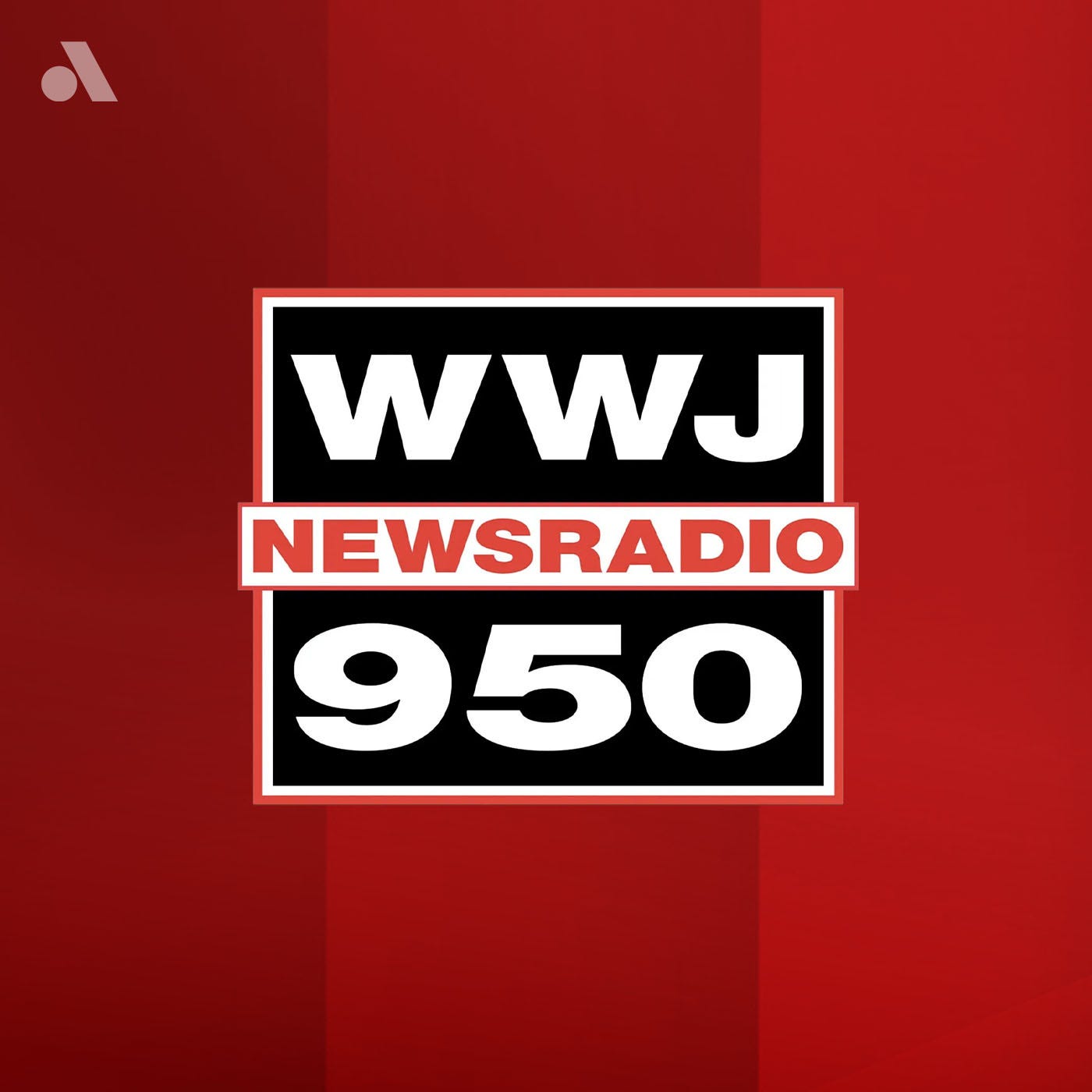
DETROIT (WWJ) – Plans to replace I-375 in Detroit with an urban boulevard are moving into the design phase after the Michigan Department of Transportation completed the environmental review process, Gov. Gretchen Whitmer announced on Wednesday.
Officials say the project will remove the “barrier” the freeway has become and replace it with not only the street-level boulevard, but plenty of opportunity for economic development.
When the project is completed, Whitmer envisions a bustling neighborhood for families to enjoy and businesses to thrive in.
MDOT recently secured a Finding of No Significant Impact (FONSI), which allows the project to move to the design phase this spring.
Whitmer and Detroit Mayor Mike Duggan say it’s important for the community to drive what the new endeavor will look like, as they look to reunite a community that was wiped away by the freeway decades ago.
When I-375 was built in the 1960s, it tore apart two historic Black neighborhoods – Black Bottom and Paradise Valley. Historians say the area once rivaled New York City’s Harlem. The neighborhoods were demolished and many families were forced to move. Businesses either had to close or relocate.

An estimated 130,000 people and hundreds of businesses, churches and more were uprooted by the project.
Reviving this area of the city, connecting downtown to other important areas, is crucial, officials say.
“To reunite a community that was bisected so many years ago, make sure that it’s liveable, walkable, rideable, safe for pedestrians, but a place where businesses can thrive and there’s real, equitable opportunity,” Whitmer said.
She says while “we cannot change the past, we must work harder to build a more just future.”
Officials say that process begins with listening to the Detroit community.
To address public comments, MDOT added measures to be taken that acknowledge the impacts on residents and business owners in the former Black Bottom and Paradise Valley neighborhoods. These measures include:
• Implementing a process for the community to provide meaningful input that can be incorporated into the final design. The process will begin with the formation of a new community-based local advisory committee.
• Preparing and implementing a community enhancement plan, land use framework plan and aesthetic design guidelines with the new advisory committee.
• Using the value of the excess property to fund community priorities that will be identified during outreach efforts.
The project also includes improved non-motorized facilities like a two-way cycle track on the east side of the boulevard connecting the riverfront to the Montcalm Street extension and will extend west to Brush Street and east to Gratiot Avenue, where it will connect with the Dequindre Cut bicycle path.

